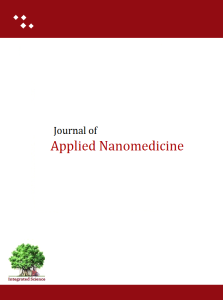The Scopus indexing of the articles published in the ScienceIn Journals is a frequent query by the different publishing authors. The ScienceIn journals are peer reviewed international multidisciplinary journals meant for publication of quality research advances in different fields of science (Chemistry, Biology, Biotechnology, Pharmaceuticals Sciences, Physics, Materials Sciences, Environmental Science ) and technology fields (all engineering sub-disciplines).
The following ScienceIn journals have been evaluated by Scopus board (Scopus Content Selection & Advisory Board (CSAB)) and accepted for indexing in Scopus database. As a large number of queries arise from researchers regarding the indexing of journal contents in Scopus and other databases, this document has been made available to provide the answer to FAQ about indexing of Journal contents.
Scopus indexed ScienceIn journals are
Chemical Biology Letters
Journal of Integrated Science and Technology
FAQ and response for indexing of the articles are:
When my article published in CBL/JIST will be indexed by Scopus?
The Scopus content indexing support team continuously and periodically indexes the articles, however, we can’t provide an exact time for indexing, it may take upto 6 months or more/less depending upon when the Scopus team keeps the next round of indexing of respective journal contents.
My article published in JIST/CBL has not been indexed in Scopus while other articles from the year/volume are listed in Scopus?
You may contact the Scopus support for inclusion of your missing article/content. The details of procedure is provided on Scopus/elsevier page (click to see, use the form provided in step 2 to add your article in Scopus database).
My article is missing in Scopus listing ?
Please refer previous question.
Can I, as Author, approach the Scopus to include/index my article published in JIST / CBL as my University/Institute requires the inclusion of my article in Scopus.
You may wait for some time as Scopus team will add the contents/articles themselves, however, for urgency you may use the link/form details on Scopus site (on Scopus/elsevier page link).
————————————————
